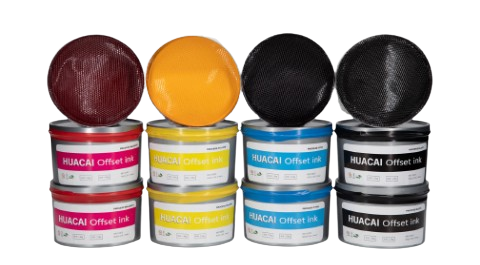Comparative Study: Vegetable Oil-Based vs. Mineral Oil-Based Offset Printing Inks
Offset printing inks are an essential component of the printing process and can be broadly divided into two categories based on their oil content: vegetable oil-based inks and mineral oil-based inks. These two types of inks have different properties that affect their performance and application.
As the name suggests, vegetable oil-based inks are formulated using vegetable oils such as soy, linseed, and rapeseed. One of the main advantages of vegetable oil-based inks is their environmental friendliness. These inks come from renewable resources, making them a sustainable choice for the printing industry.
From a performance perspective, vegetable oil-based inks are known for their high brightness values. This quality makes them ideal for applications that require vibrant, eye-catching prints. Additionally, vegetable oil-based inks have excellent viscosity stability, which means they are less likely to cause problems such as ink splattering or fogging during the printing process.
Mineral oil-based inks on the other hand, come from petroleum, which is a non-renewable resource. Nonetheless, they have certain advantages that make them a viable choice in specific applications. Mineral oil-based inks are known for their low discoloration, especially on glossy coated papers. This property makes them suitable for applications that require consistent color performance.
In addition, mineral oil-based inks have been the traditional choice of the printing industry for many years. They are known for their excellent drying properties, which can reduce production time.
However, it is important to note that choosing between vegetable oil-based and mineral oil-based inks is not just a matter of performance. Other factors, such as environmental impact, cost, and specific application requirements, also play a key role in this decision.
In summary, both vegetable oil-based and mineral oil-based offset printing inks have their unique advantages and applications. The choice between the two depends on a variety of factors, including the specific requirements of the print job, environmental considerations, and cost-effectiveness.

food grade offset printing ink

